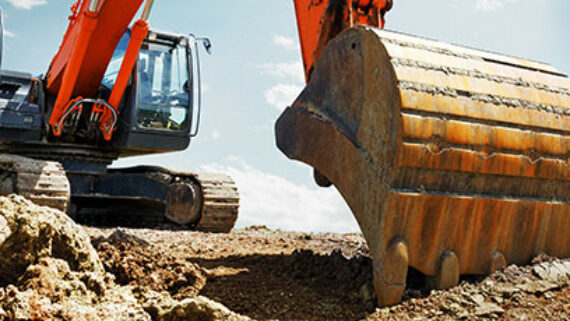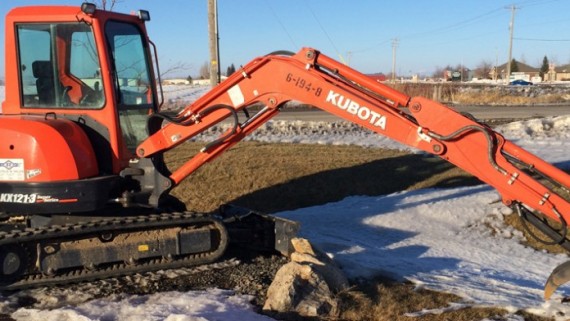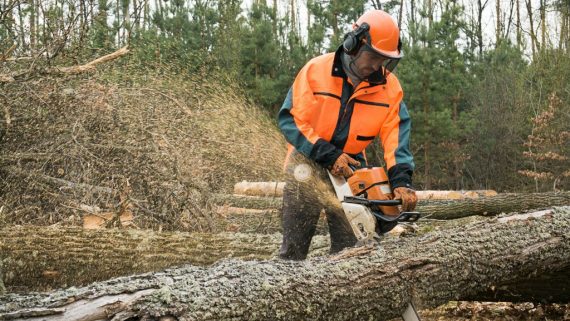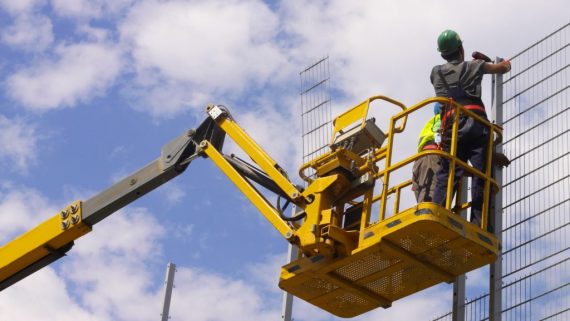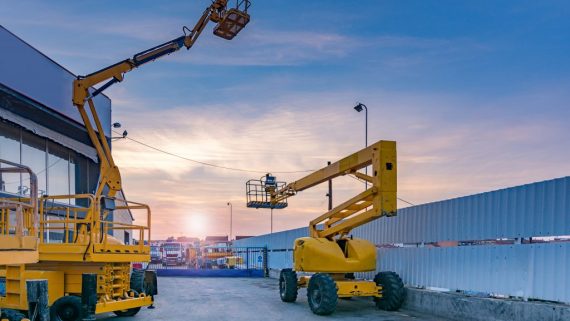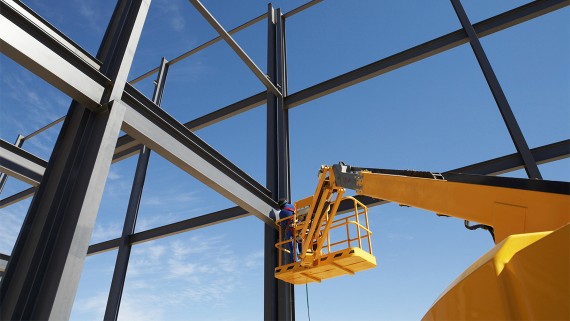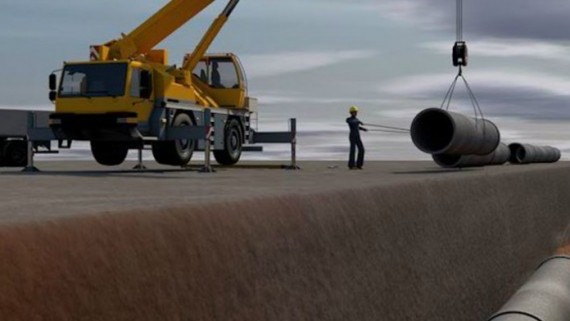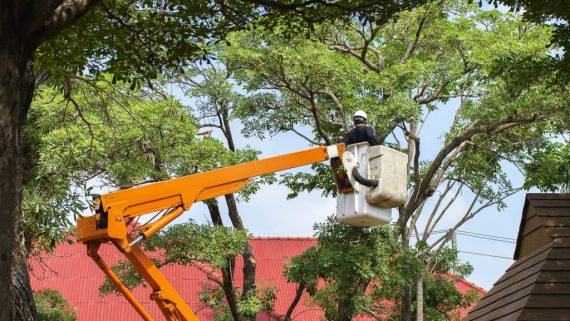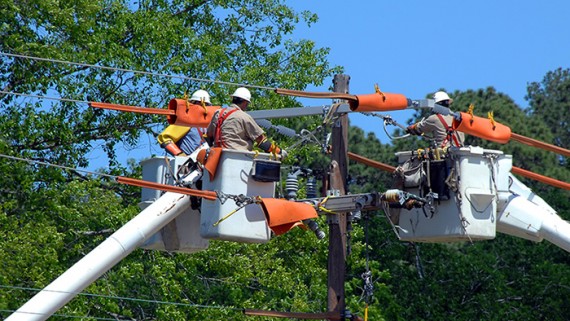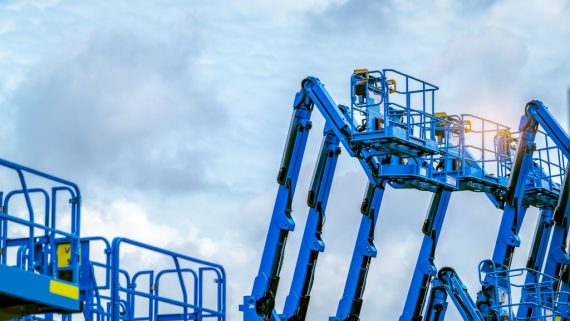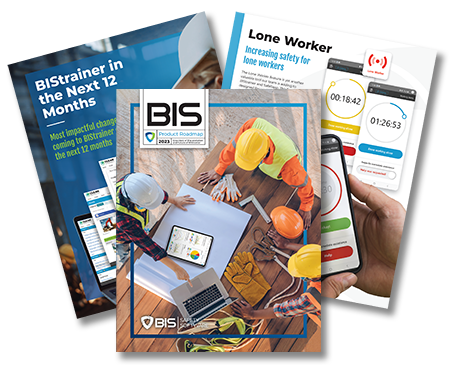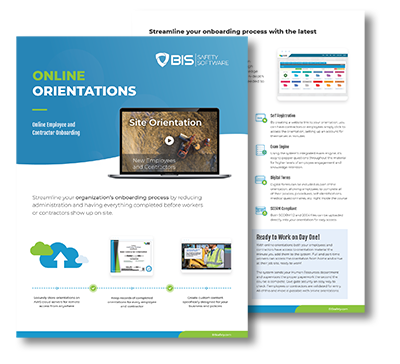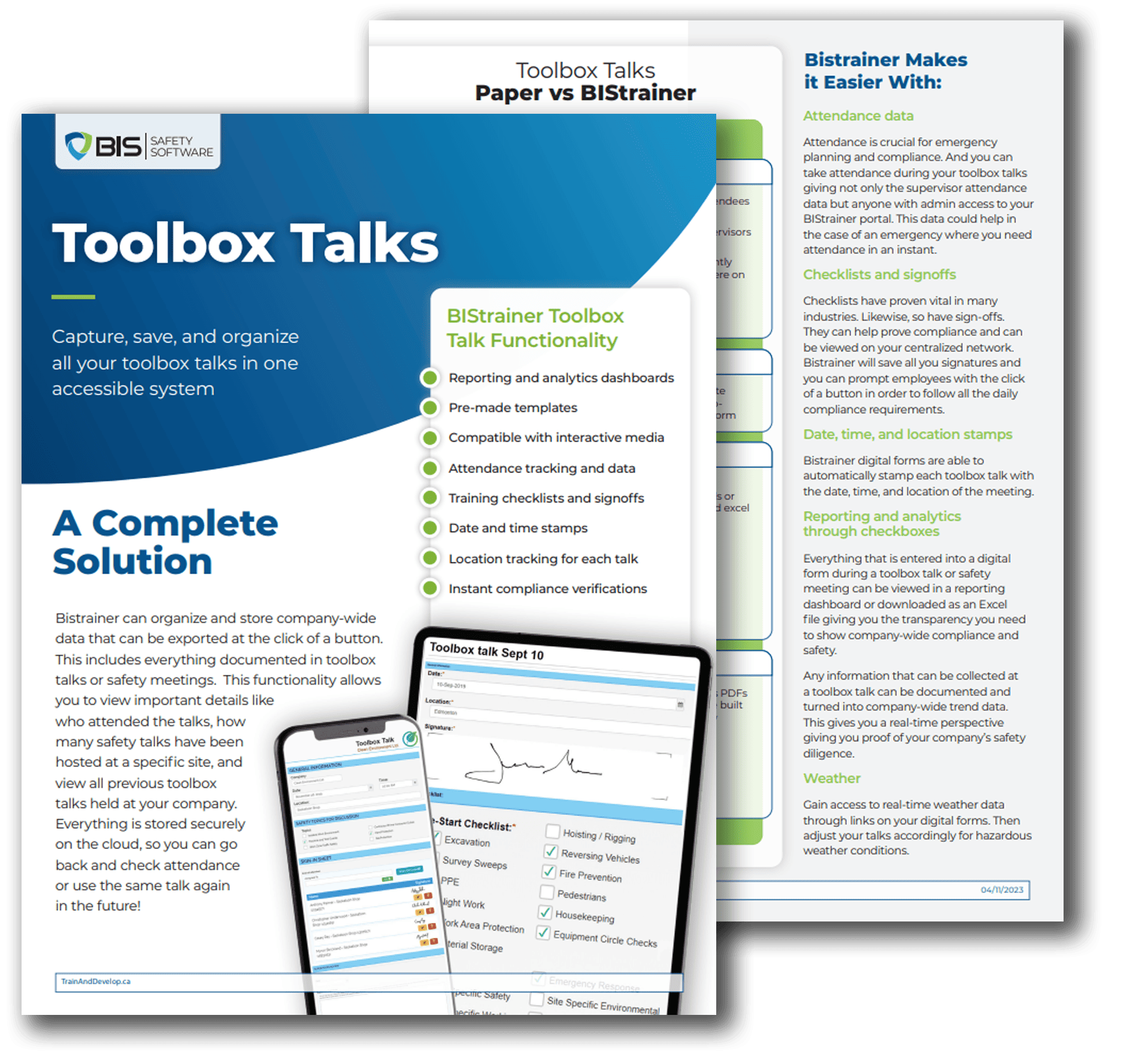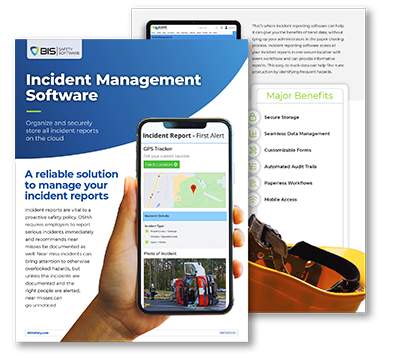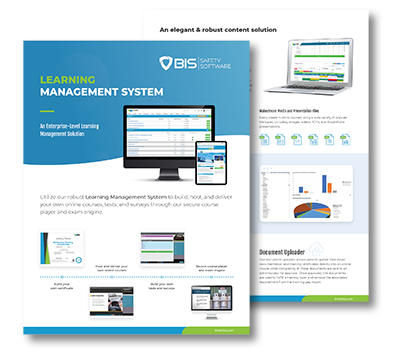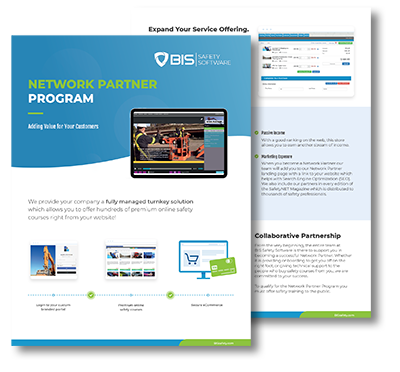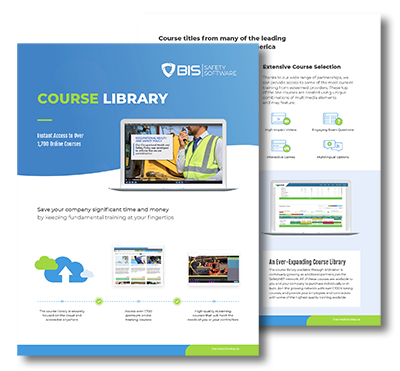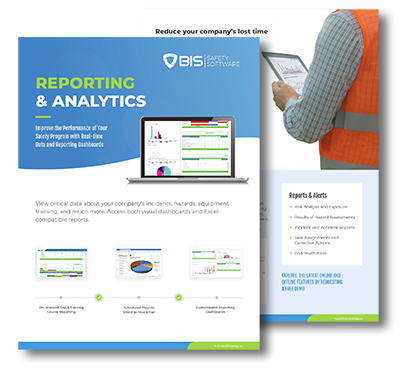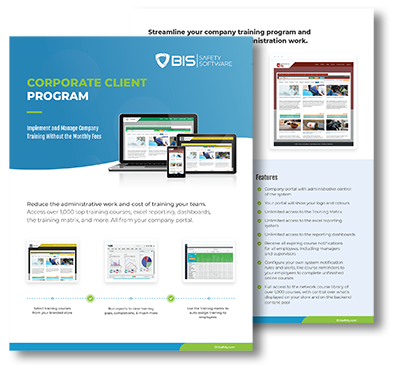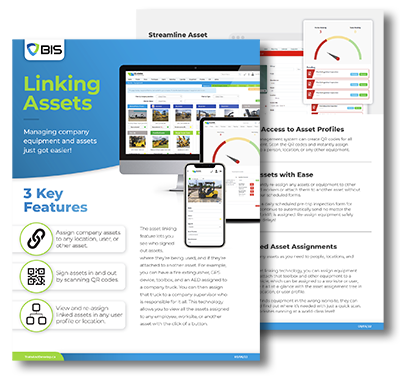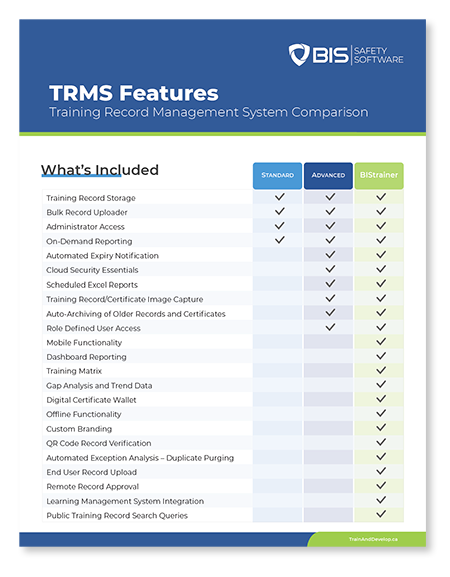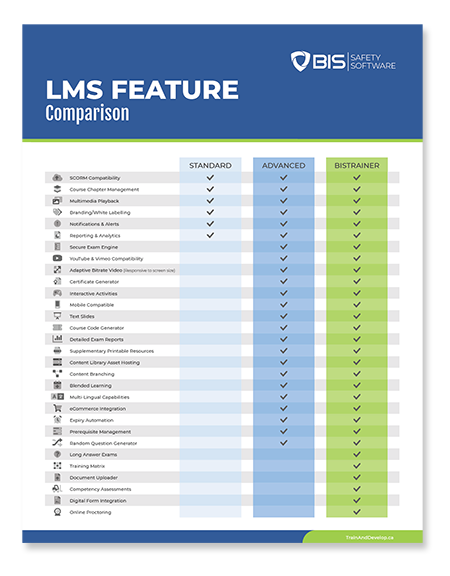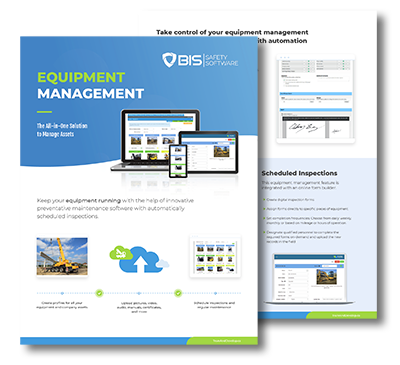Skid Steer Loader Training -
(Rubber-tired & Track Loader) - Operator Safety (OSHA)
Skid Steer Loader Training (Rubber-tired & Track Loader) - Operator Safety (OSHA) Online Course
This Skid Steer Loader Operator Safety online course meets the training requirements of OSHA. The areas covered include equipment anatomy, inspection requirements, maintenance, common hazards, and safe operation. The course content was developed for operators but is also useful for managers, supervisors, and any personnel who interacts with skid steers at work.
This course meets OSHA requirements for several types of skid steers, including rubber-tired loaders and track loaders. Skid steer loaders are also known as bobcats, and they are characterized by independent wheels or tracks on each side, which allow maneuvering in tight spaces. However, the risks of using skid steers are often underestimated, due to their small size. According to OSHA, the most common types of fatal accidents that involve skid steer loaders are:
- Being crushed by moving parts.
- Losing stability and rolling over.
OSHA does not have a specific training standard for skid steer loaders, since their versatility allows multiple applications. However, they are covered by the Code of Federal Regulations Subpart C – General Safety and Health Provisions. Specifically, operators must be trained according to CFR 1926.21(b)(2) and CFR 1926.20(b)(4).
Employing a skid steer operator without the required training is against the law, regardless of work experience. The requirements include classroom training, which can be online, and both knowledge evaluation and practical evaluation.
Operating a Skid Steer Safely
OSHA conducted a study with 100 skid steer accidents between 1997 and 2007 and bypassed safety features were a contributing factor in 20%. Skid steers have safety interlocks that keep hydraulic components from moving when there is no operator in the cabin. When a loader is used with these features disabled, fatal accidents are much more likely.
Operating a skid steer effectively can be physically demanding since the hands and feet must be used simultaneously. The operator must be aware of blind spots around the loader, and that the center of gravity constantly changes during use. Operators must also be aware of equipment stability to prevent tipping.
- Safety starts even before the operator enters a skid steer loader. The equipment itself and the work area should be inspected first, identifying any hazards and planning how to avoid them.
- The operator must be especially careful around slopes and stairs since they increase the risk of tipping.
- Any equipment defects found during the pre-use inspection should be reported immediately, and the affected loader should not be used until repaired.
Operators should keep their hands and legs inside the cabin at all times. There is a very high risk of being crushed when a skid steer loader is operated from outside. When entering or exiting the loader, the operator should verify that the bucket is on the ground, and that lift arm supports are in the proper position. The operator should also check that the skid steer has shut down completely before leaving the cabin.
All maintenance tasks should follow the manufacturer’s instructions, and the bucket should be placed on the ground before any inspection or reparation. The loader’s safety features and controls should also be inspected regularly and kept in good working condition.
Skid steer operators must be familiarized with the equipment anatomy and components, and pay special attention to keeping the vehicle stable. A skid steer loader is versatile, but the operator must be aware of its limitations and rated capacity. Operators must also be aware that many accidents involve crushing or running over and focus on preventing them. Workers must be aware that skid steers have blind spots, and they should exercise extra caution around them. Even an experienced operator can injure a worker who is nearby and not visible from the cabin.

Course Topics
The scope of this course covers the following topics:
- Introduction
- Anatomy
- Stability
- Operations
- Hazards
- Conclusion
Universally Compatible

Duration
Average Completion Time
Completion times vary depending on the number of times the information is viewed prior to finishing the course. The average completion time is 60 minutes.

Testing
Knowledge Assessment
Testing is conducted in this online course to reinforce the information presented. You are provided three opportunities to achieve a passing mark of 80% or greater.

Certificate
Certificate of Completion
Upon successful completion of this course, a certificate will be available to download and print. You can access your certificate through your online account.



